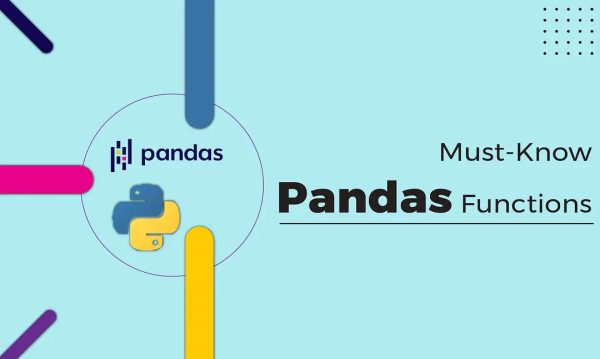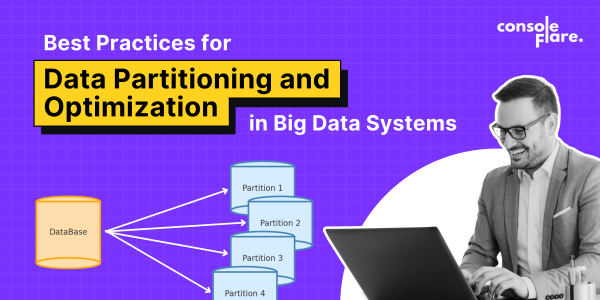Python set difference() Full Explanation with HackerRank Solution
Python set difference() Explained with Full Step-by-Step Solution Python set difference() allows you to compare two sets and find the elements that are in one set but not in the other. This guide explains how Python set difference() works, why it is useful, and how beginners can apply it to solve coding challenges with clear…
Python Functions for Beginners: Complete Guide With Examples
Python functions make it easier to break up a big program into smaller, easier-to-manage parts. When writing longer scripts, repeating the same code becomes confusing. Functions, which let you write the logic once and run it whenever necessary, solve this. As a result, your code is kept neat, organized, and easier to maintain. A function…
User Defined Functions in Pandas With Real Use Cases
User defined functions in pandas help you handle logic that built-in Pandas tools do not support. Real datasets from different industries follow rules that change from project to project, so you often need your own processing method. A UDF lets you write custom logic and apply it to a column or an entire row. This…
Integers Come in All Sizes HackerRank Python Solution
Integers Come in All Sizes HackerRank Python Solution Integers Come in All Sizes HackerRank is one of the smartest “easy” problems you’ll ever solve. It looks tiny, but it instantly shows why Python is unbeatable when numbers get massive. Step 1: Problem Statement – Integers Come in All Sizes HackerRank You get four numbers, each…
Transformers and Hugging Face Pipelines – Python Tutorial
Transformers and Hugging Face Pipelines: Python Tutorial Transformers and Hugging Face Pipelines help a computer understand text with smart steps. You see text in chats, homework, comments, and stories. A computer needs clear rules to read this text. A transformer model reads the whole sentence together and learns how each word relates to the next….
Date Handling in Pandas in Easy Steps
Date Handling in Pandas in Easy Steps Date handling is part of most data projects. You sort timelines, filter periods, and calculate gaps. Pandas gives you direct tools for this. This guide walks you through each step in a simple way so you understand what the code does and why it matters. Start Your Date…
Best Practices for Data Partitioning and Optimization in Big Data Systems
Best Practices for Data Partitioning and Optimization in Big Data Systems Data Partitioning and Optimization guide you through a complete PySpark workflow using simple sample data. You learn how to load data, fix column types, write partitioned output, improve Parquet performance, and compact small files in a clear, beginner-friendly way. Introduction This blog explains Best…
Automating Reporting Tasks with Python, Excel, and Power BI Integrations
If you work with data regularly, you’ve probably felt that quiet frustration—the one that hits when you spend half your day cleaning spreadsheets, exporting CSVs, copy-pasting numbers into a dashboard, and hitting Refresh like it’s a gym workout. Reporting can be rewarding, but the repetitive parts? Not so much. That’s where automation steps in. And…
Deploying ML Models from Console Flare Courses to Production Environments
Deploying ML Models from Console Flare Courses to Production Environments Deploying ML models is the step that turns Machine Learning from theory into real impact. A model running only inside a Jupyter Notebook is useful for learning; however, a deployed model helps companies make accurate decisions, reduce errors, and improve performance. At Console Flare, we…
Power Function HackerRank Solution Explained in 5 Simple Steps
Power Function HackerRank Solution Explained in 5 Simple Steps The power function in Python is the main idea behind this HackerRank challenge. In this problem, you work with exponents and modulus, and Python provides a clean way to handle both. This guide walks you through the full HackerRank Power Function solution in five simple steps…











